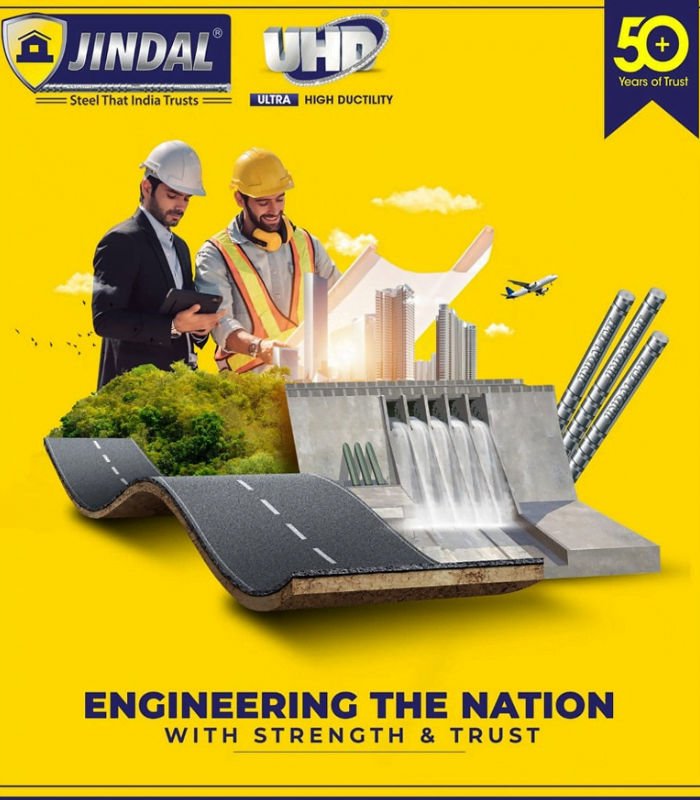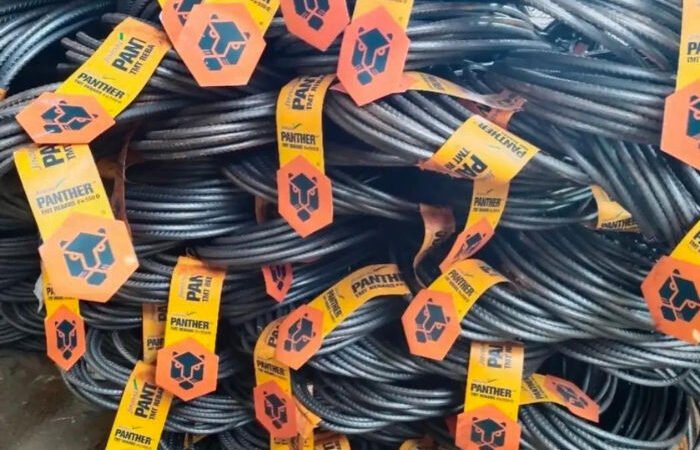Understanding Steel Price FluctuationsSteel prices are highly dynamic and influenced by a complex interplay of global and domestic factors. When prices are “going down day by day,” it generally indicates a weakening of some or all of these underlying drivers:Key Reasons for Declining Steel Rates: * Supply and Demand Imbalance: * Oversupply: If steel production outpaces demand, manufacturers have more inventory than buyers need. To clear stock and maintain sales, they often reduce prices. This can be due to increased production capacity (new mills coming online, existing mills increasing output) or reduced consumption. * Weakening Demand: A slowdown in steel-consuming sectors is a primary reason for falling prices. * Construction Sector Slowdown: Construction (real estate, infrastructure, commercial projects) is a major consumer of steel. A dip in new projects, delays in existing ones, or a general economic slowdown affecting construction directly reduces steel demand. * Automotive Sector Weakness: The automotive industry is another significant user of steel. Lower vehicle production or sales translate to reduced steel orders. * Manufacturing Slump: Broad weakness across manufacturing industries that use steel for machinery, consumer goods, etc., can depress demand. * Government Policy Changes: A reduction in government spending on infrastructure projects can significantly impact demand. * Raw Material Price Decreases: * Iron Ore: Iron ore is the primary raw material for steel. If global iron ore prices fall (due to oversupply from mines, reduced Chinese demand, etc.), it lowers the cost of production for steelmakers, allowing them to reduce selling prices. * Coking Coal: Coking coal, essential for steel production in blast furnaces, also influences costs. A decline in coking coal prices contributes to lower steel prices. * Scrap Metal: For Electric Arc Furnace (EAF) steelmaking, scrap metal is a key input. Lower scrap prices reduce production costs. * Global Economic Conditions and Geopolitical Factors: * Global Slowdown: A general slowdown in major economies (like China, the EU, or the US) can reduce global steel demand, leading to an oversupply in international markets and subsequently impacting prices in India. * Currency Fluctuations: A stronger Indian Rupee can make imported steel cheaper, putting downward pressure on domestic prices. Conversely, if the Rupee weakens against currencies of countries from which raw materials are imported, it could push up costs. * Trade Policies and Tariffs: Changes in international trade policies, such as the removal or reduction of import tariffs on steel, can increase the inflow of cheaper imported steel, forcing domestic producers to lower their prices to remain competitive. * Increased Imports: If India sees a surge in cheaper steel imports, especially from countries with overcapacity (like China), it can depress domestic prices. India has been a net importer of steel in recent times, which can exert downward pressure. * Energy Costs: * Steel production is energy-intensive. A decrease in the cost of electricity or fuel (e.g., natural gas, oil) can reduce operating expenses for steel mills, allowing them to offer lower prices. * Increased Competition: * Intense competition among domestic steel producers, or from international players, can lead to price wars as companies vie for market share. This can drive down prices, especially for commodity-grade steel products.Impact on Jindal Panther, SAIL, and GoelTMT:These companies are major players in the Indian steel market, and their pricing strategies are directly affected by the factors mentioned above: * Jindal Panther (JSPL): As a significant producer of TMT bars and other long products, Jindal Panther’s prices are highly sensitive to the demand from the construction and infrastructure sectors, as well as raw material costs. If infrastructure projects slow down or raw material prices ease, Jindal Panther would likely adjust its rates. * SAIL (Steel Authority of India Ltd.): Being a public sector undertaking and one of the largest integrated steel producers, SAIL’s pricing is influenced by both market forces and potentially government directives regarding steel availability and affordability. Their diverse product portfolio means they are affected by demand across various sectors (construction, railway, automotive, etc.). Low steel prices can significantly impact SAIL’s revenue and profitability. * GoelTMT: GoelTMT is a prominent regional player, particularly known for its TMT bars. Their pricing will be strongly influenced by local and regional construction activity, transportation costs, and competition from other TMT bar manufacturers in their operating areas. They would also react to broader trends in raw material costs and overall market sentiment.Current Scenario (as of June 2025 – based on available search results):While precise “day-by-day” rates are not publicly available and constantly change, the broader trends for steel in India in 2025 suggest a mixed picture with some underlying pressures that could lead to price moderation or declines: * Global Oversupply: Some reports from early 2025 indicate persistent global oversupply in steel, with capacity utilization falling below 75%. This creates a bearish outlook for prices in some regions. * Macroeconomic Headwinds: S&P Global and Market Consulting Intelligence (MCI) forecasted a decline in steel prices through mid- to late-2025, with a cyclical trough expected before a gradual recovery in 2027. * India as a “Bright Spot” in Demand: Despite global challenges, India’s steel demand is projected to show healthy growth (8.5% in 2025, according to the World Steel Association), driven by infrastructure and housing. This strong domestic demand could counteract some downward global pressures. * Increased Imports: India has been a net importer of steel in FY24 and FY25, with imports increasing. This influx of potentially cheaper foreign steel can put pressure on domestic prices. * Raw Material Volatility: While some reports mention rising scrap prices in early 2025, overall raw material costs remain a significant factor in price determination.In summary, a “day-by-day” decline in steel rates for companies like Jindal Panther, SAIL, and GoelTMT would likely be a reflection of a combination of factors such as softening demand (especially in key consuming sectors), increased supply (either domestically or through imports), easing raw material costs, or a general pessimistic sentiment in the global and domestic economies.

